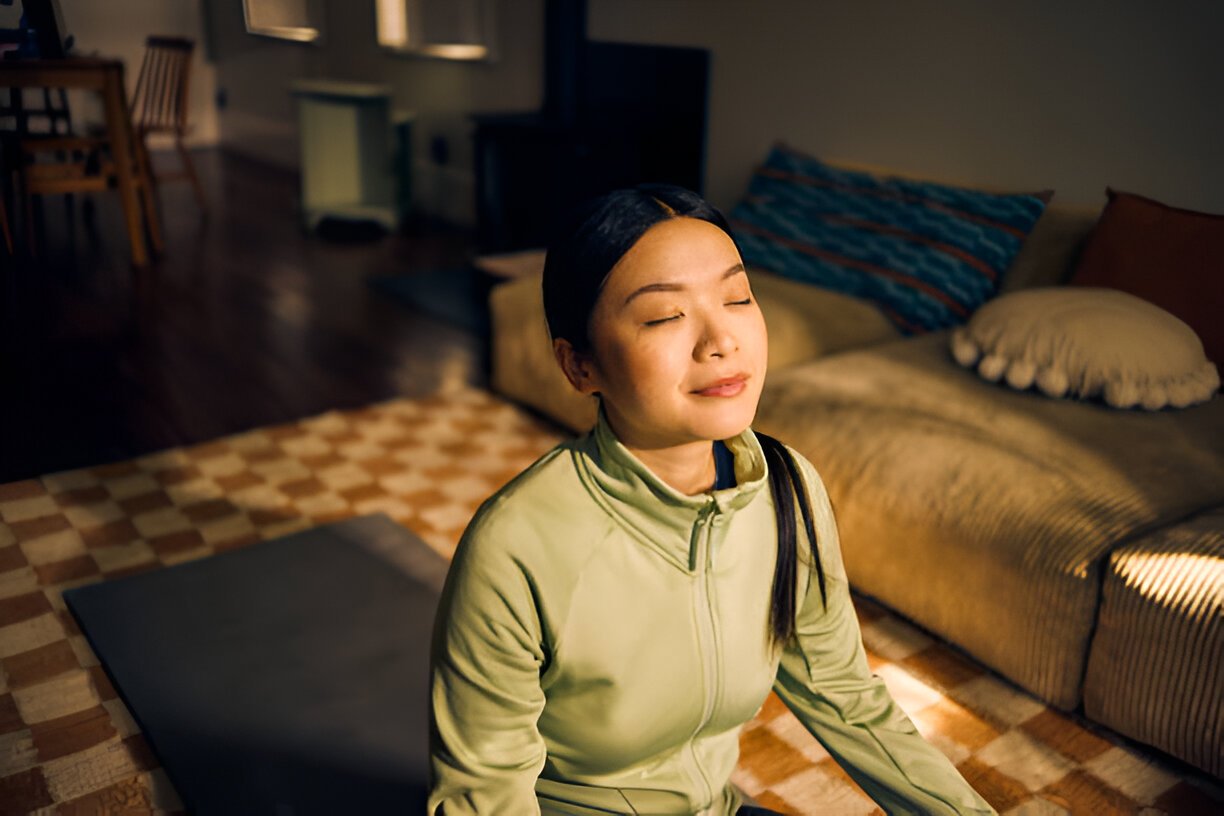In a fast-paced, overstimulated world, carving out a serene, dedicated space for inner stillness isn’t just a luxury—it’s a necessity. Whether you’re just beginning your mindfulness journey or have been meditating for years, the environment where you practice plays a significant role in how deeply you can relax and tune in. The good news? You don’t need a massive room, expensive decor, or a professional designer to create the perfect meditation space at home. You just need intention, a few essentials, and a little inspiration.
Why Your Meditation Space Matters
Meditation is about turning inward—but your outer space helps guide your inner state. The environment you meditate in can influence:
-
Your ability to focus
-
The depth of your relaxation
-
How frequently you feel called to practice
-
Your overall mood and mindset
A thoughtfully curated meditation space becomes a visual and energetic cue that it’s time to slow down, breathe, and reconnect.
Step 1: Choose the Right Spot
You don’t need an entire room. A corner of your bedroom, a nook by a window, or even a section of your balcony can become your personal sanctuary.
What to Look For:
-
Privacy – Choose a space with minimal distractions or foot traffic.
-
Natural light – Sunlight brings warmth and enhances mood.
-
Low noise – The quieter, the better. Use noise-canceling headphones if needed.
-
Good energy flow – Trust your instincts. If a space feels good, it probably is.
💡 Pro Tip: Consistency builds ritual. Try to use the same space every day.
Step 2: Keep It Minimal and Mindful
Your meditation area doesn’t need to be filled with items. In fact, the more minimal it is, the easier it is to clear your mind.
Must-Haves for a Clean Space:
-
Comfortable cushion or mat – Look for a zafu, yoga mat, or even a folded blanket.
-
Soft rug or floor covering – This adds warmth and makes sitting easier.
-
Low lighting or candles – Harsh lights can be overstimulating.
Let go of clutter. Your space should reflect the calm you’re seeking to create internally.
Step 3: Add Natural Elements
Nature grounds us. Infusing your meditation space with natural elements enhances a feeling of peace and helps reconnect us to the earth.
Try Adding:
-
Indoor plants – Snake plant, peace lily, or a small bonsai.
-
Crystals – Amethyst, rose quartz, and clear quartz are popular for energy healing.
-
Natural materials – Bamboo, wood, cotton, or stone textures.
These elements not only beautify your space but also bring balance and calm to your surroundings.
Step 4: Create a Scent Ritual
Scent has a direct impact on the nervous system and can immediately shift your mood. Before you begin your practice, create a sensory cue that tells your body: it’s time to relax.
Popular Options:
-
Incense sticks (sandalwood, frankincense)
-
Essential oil diffusers (lavender, eucalyptus, sage)
-
Scented candles (preferably soy or beeswax)
Remember: don’t overpower the space. The aroma should gently invite calmness—not dominate your breath.
Step 5: Personalize with Meaningful Touches
Your meditation space is deeply personal. Add intentional items that uplift you or enhance your connection to your inner world.
Ideas for Personal Touch:
-
Altar with spiritual items – statues, prayer beads, sacred texts
-
Journal or affirmation cards
-
Sound tools – Tibetan singing bowls, chimes, or a bell
This is where energy meets intention. Every item you include should serve a purpose or hold meaning.
Step 6: Consider Lighting & Ambience
Lighting dramatically affects how a space feels. Bright artificial light may keep your mind alert, while soft, warm lighting can ease you into a meditative state.
Lighting Tips:
-
Use warm-toned bulbs or smart lights with dimming features.
-
Hang fairy lights for a cozy, magical vibe.
-
Use curtains or sheers to filter natural light during daytime meditations.
If you meditate at night, lighting becomes even more important. Avoid blue lights and screens before or during your practice.
Step 7: Reduce Digital Distractions
We live in a world buzzing with notifications, alerts, and pings. Your meditation space should be a digital detox zone.
Here’s how:
-
Keep your phone on airplane mode (or better yet, in another room).
-
Use analog tools like timers, journals, or printed guides.
-
Avoid screens—even for guided meditations, opt for audio over video.
By creating a sacred tech-free zone, you help your mind disconnect from the external and drop into presence.
Step 8: Make It Sacred Through Routine
A beautiful space is just a setup—what makes it truly sacred is the intention and consistency you bring to it.
-
Begin each session with a small ritual: lighting a candle, bowing, saying a mantra.
-
Meditate at the same time daily to anchor it into your routine.
-
End with gratitude—thank your space for holding you.
Over time, simply entering your meditation corner will signal peace to your nervous system.
Common Questions About Meditation Spaces
Can I create a meditation space in a shared home?
Absolutely. Use noise-canceling headphones, set clear boundaries, and perhaps use a screen or curtain for separation.
Do I need to follow any specific spiritual or religious layout?
No. Your space should reflect your beliefs and what resonates with you personally.
How much should I spend setting it up?
You can create a calming space on any budget. Many people use what they already have. Intention always matters more than aesthetics.



